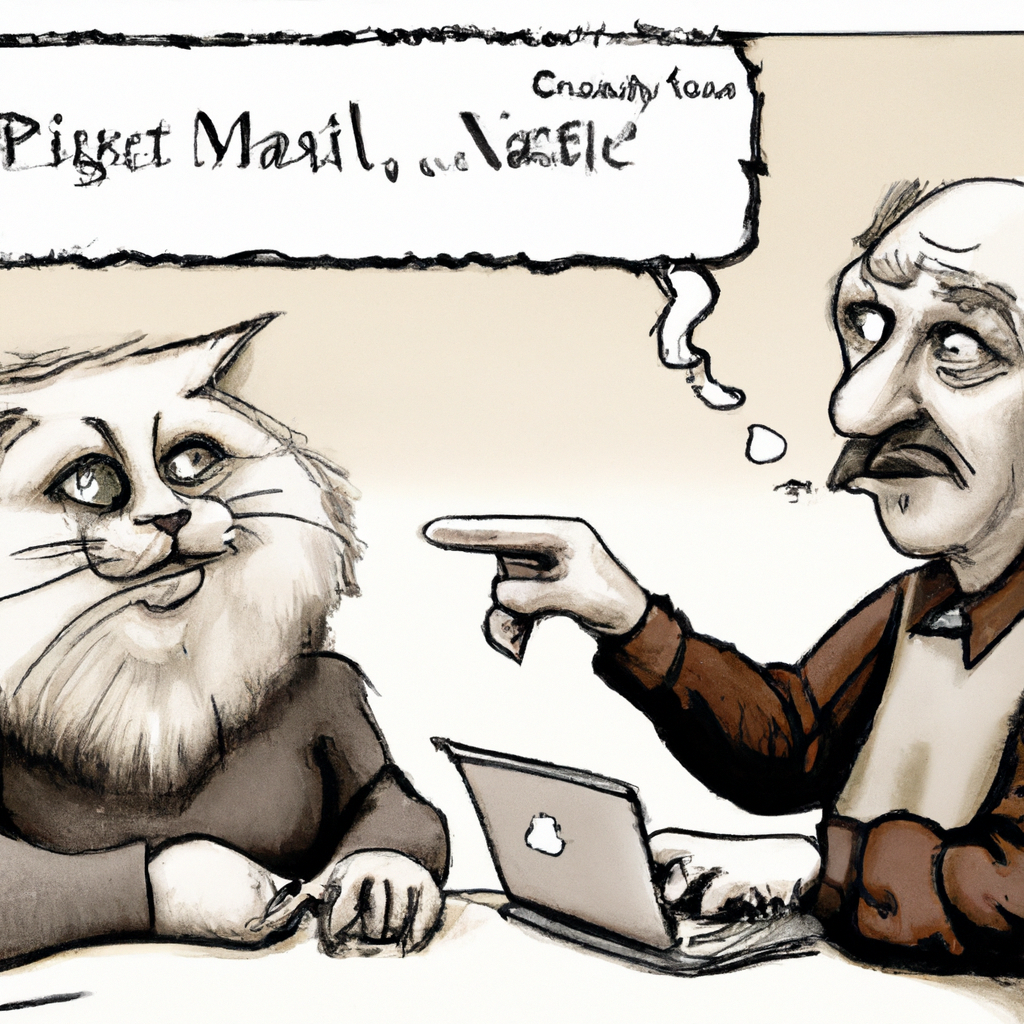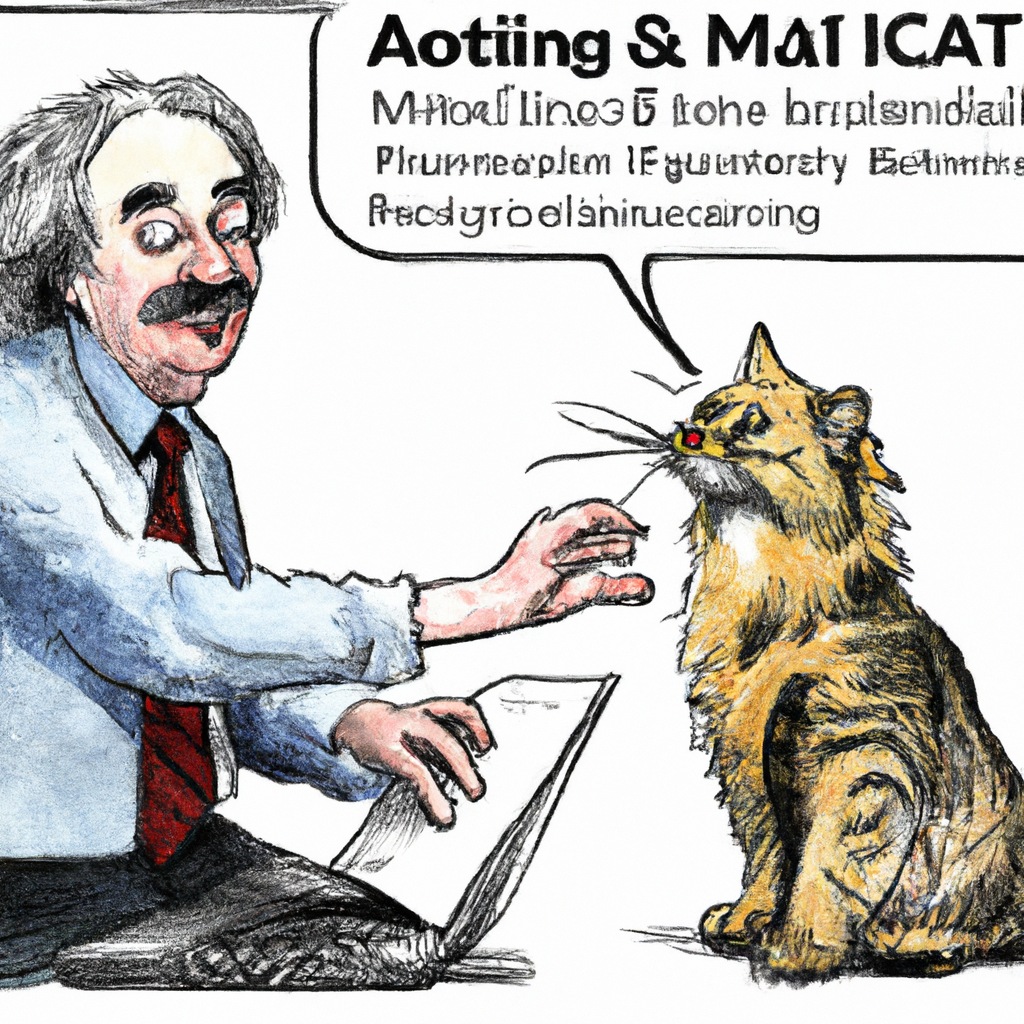
As businesses continue to shift towards digital marketing, chatbots have become an increasingly popular tool for engaging with customers. One of the most advanced chatbots available today is Chat-GPT, which uses artificial intelligence to simulate human-like conversations. However, simply having a chatbot is not enough to improve your marketing efforts. Here are some tips on how to use Chat-GPT effectively to improve your business’s marketing strategy.
1. Personalize your messages
One of the key advantages of Chat-GPT is its ability to personalize messages based on customer data. By integrating your chatbot with your CRM system, you can access information about each customer’s purchase history, preferences, and behavior. This allows you to tailor your messages to each individual customer, making them feel valued and increasing the likelihood of a sale.
For example, if a customer has previously purchased a certain product, your chatbot can suggest related products or offer a discount on their next purchase. If a customer has abandoned their cart, your chatbot can send a personalized message reminding them of the items they left behind and offering an incentive to complete the purchase.
2. Use Chat-GPT for lead generation
Chatbots are not just for customer service – they can also be used to generate leads and capture contact information. By asking customers for their email address or phone number, you can build a database of potential leads that you can market to in the future.
For example, if a customer asks your chatbot about a particular product, you can offer to send them more information via email or SMS. This not only provides the customer with valuable information but also gives you an opportunity to capture their contact details for future marketing efforts.
3. Monitor and analyze chatbot interactions
To get the most out of your Chat-GPT chatbot, it’s important to monitor and analyze its interactions with customers. By tracking metrics such as response time, conversation length, and customer satisfaction, you can identify areas for improvement and optimize your chatbot’s performance.
For example, if you notice that customers are frequently asking the same questions, you can update your chatbot’s responses to provide more comprehensive information upfront. If customers are frequently dropping out of conversations, you can adjust your chatbot’s tone or offer more personalized responses to keep them engaged.
In conclusion, Chat-GPT is a powerful tool for improving your business’s marketing efforts. By personalizing your messages, using your chatbot for lead generation, and monitoring its interactions with customers, you can create a more engaging and effective marketing strategy.






